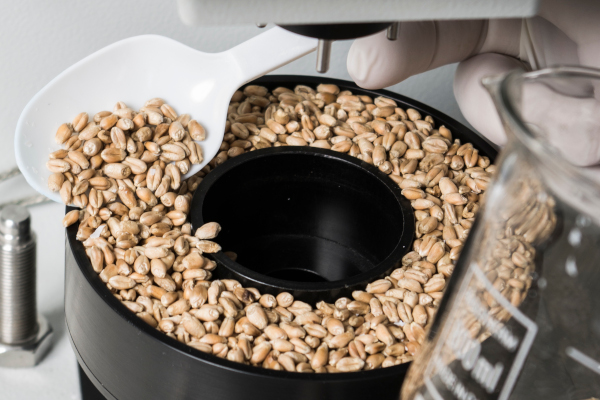1. Structure of the atom, theory of the electronic structure of atoms and ions, properties derived from the electronic configuration.
2. Acid-base properties, hydrolysis, solubilities of salts, pH.
3. Lewis theory of acids and bases, mechanisms of reactions of Lewis acids and bases.
4. Oxidation-reduction reactions, basics of electrochemistry.
5. Homogeneous and heterogeneous equilibrium, catalysis.
6. Complexes of transition metals, structure, bonding, properties.
7. Transition metal complexes, coordination equilibria and reaction mechanisms.
8. Fundamentals of crystal chemistry. Structural types. Crystal disorders.
9. Symmetry and structure of crystalline substances.
10. Methods of structural-phase analysis.
11. Electron microscopy methods.
12. Spectroscopic methods of substance analysis.
13. Methods of particle size analysis.
2. Acid-base properties, hydrolysis, solubilities of salts, pH.
3. Lewis theory of acids and bases, mechanisms of reactions of Lewis acids and bases.
4. Oxidation-reduction reactions, basics of electrochemistry.
5. Homogeneous and heterogeneous equilibrium, catalysis.
6. Complexes of transition metals, structure, bonding, properties.
7. Transition metal complexes, coordination equilibria and reaction mechanisms.
8. Fundamentals of crystal chemistry. Structural types. Crystal disorders.
9. Symmetry and structure of crystalline substances.
10. Methods of structural-phase analysis.
11. Electron microscopy methods.
12. Spectroscopic methods of substance analysis.
13. Methods of particle size analysis.
